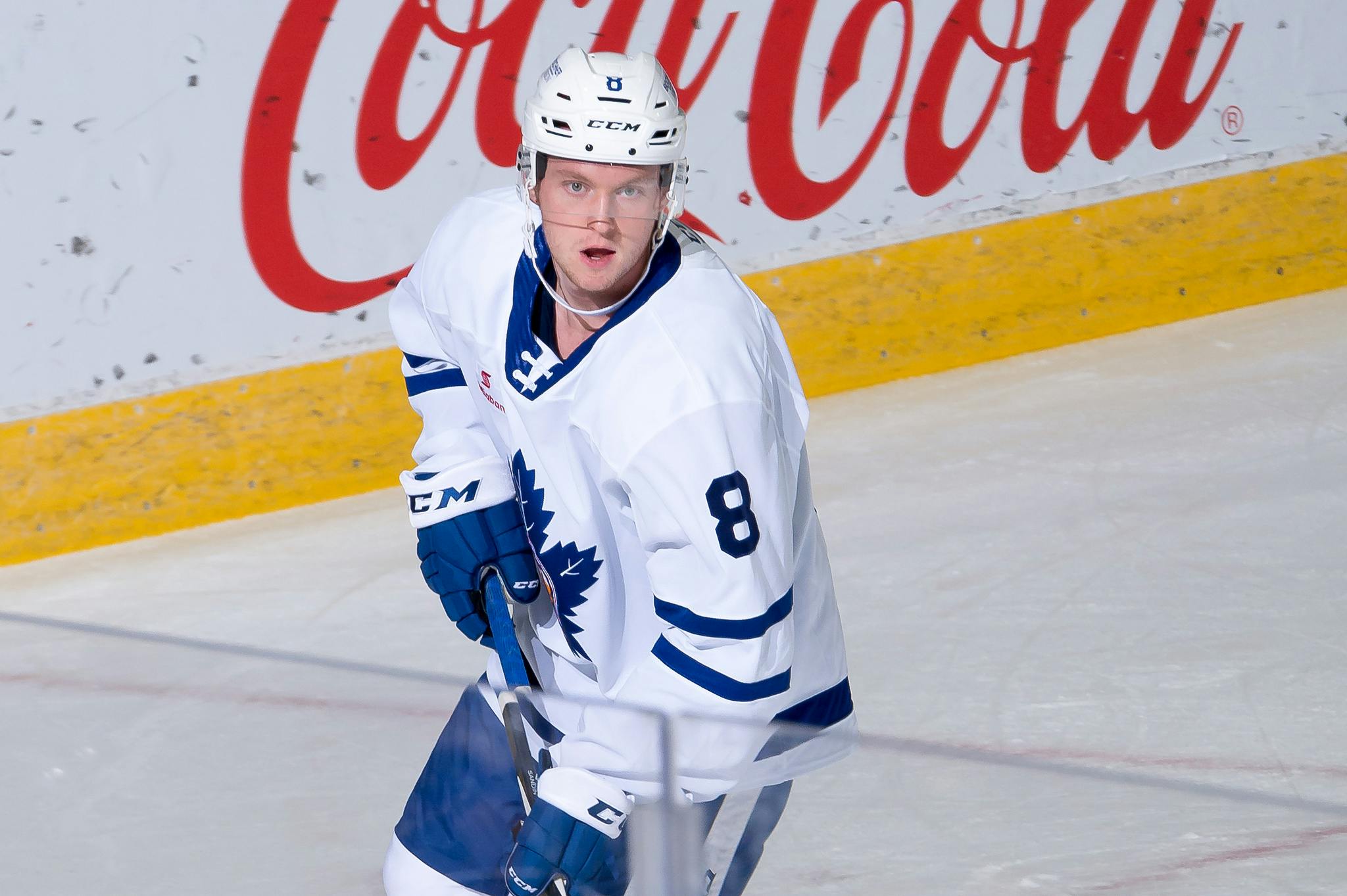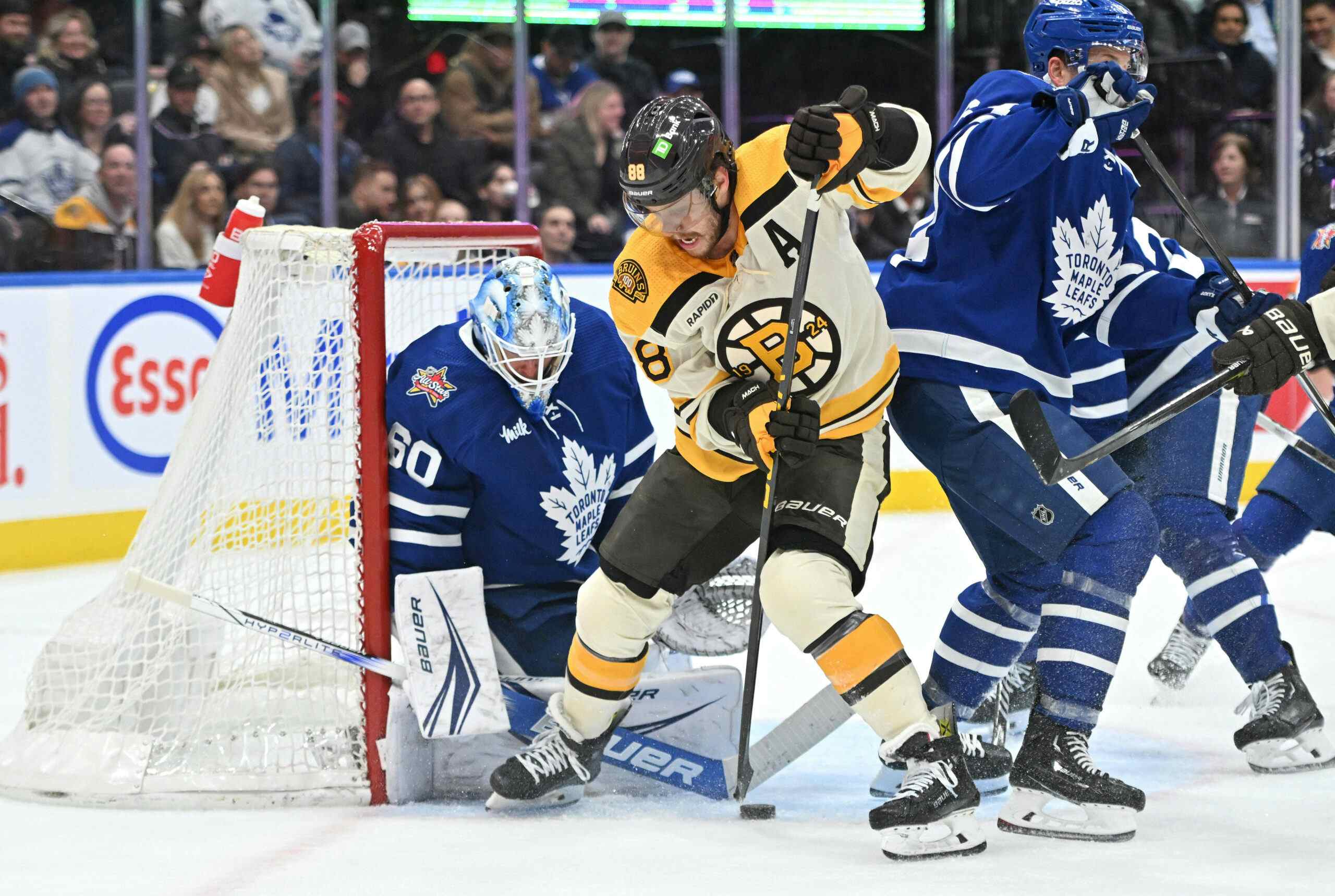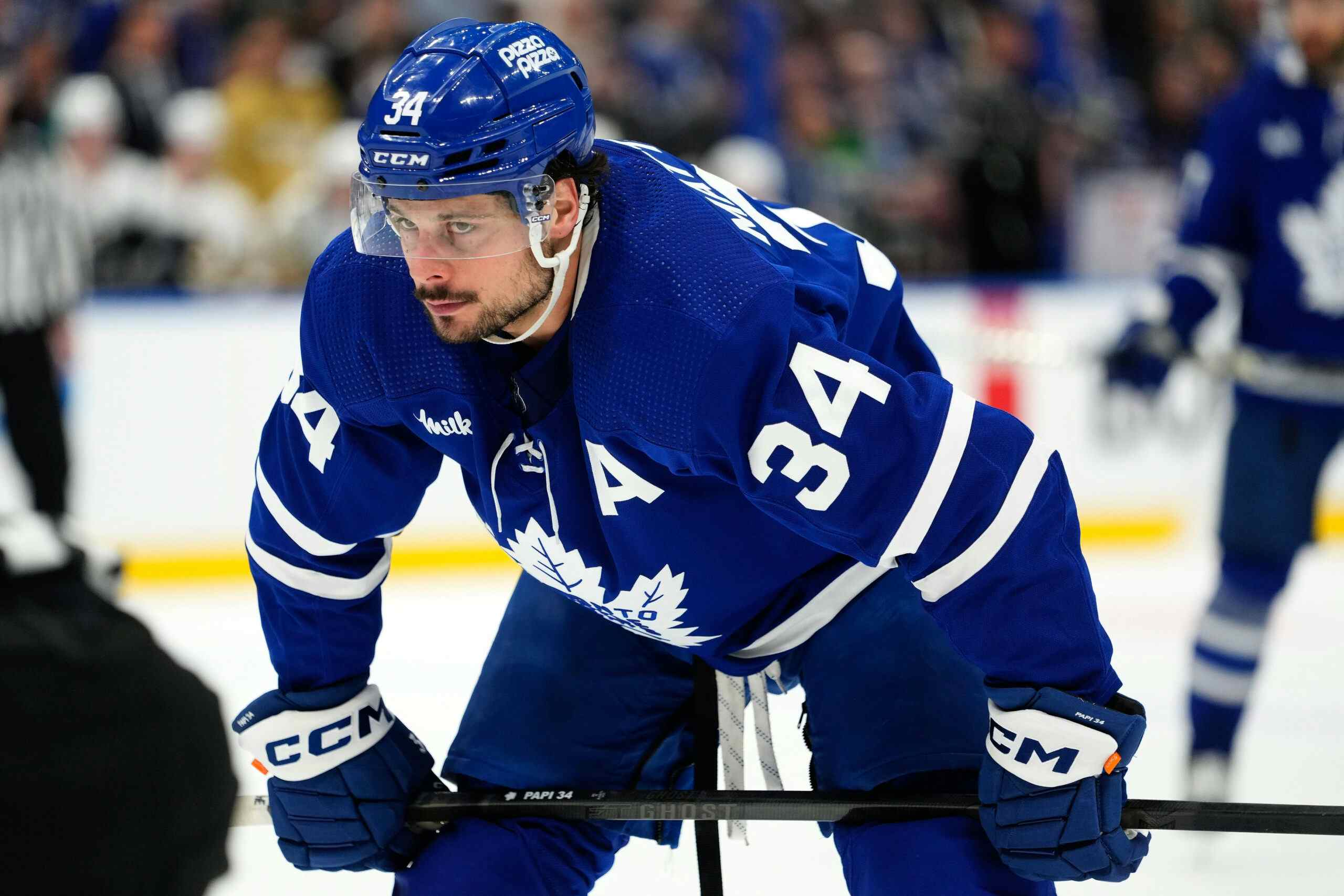Teenagers Sandin, Liljegren Thriving in Marlies Top Four

Very few teenaged defenceman crack AHL rosters, let alone play prominent roles for their NHL-affliate before their 20th birthday. However, with the Toronto Maple Leafs organization having so many injured defenceman, the Toronto Marlies have been forced to rely heavily on the franchises two most recent first round picks; 18-year-old Rasmus Sandin and 19-year-old Timothy Liljegren.
Marlies head coach Sheldon Keefe admits it’s not exactly an ideal situation.
“With young guys you want to find a balance between protecting them and putting them in positions to succeed and challenging them,” Keefe told The Leafs Nation last week. “Putting them in areas where they can look to grow. You want to find that balance.”
Injuries to the Leafs’ backend–Travis Dermott, Jake Gardiner and Martin Marincin– and the to Marlies’—Calle Rosen, Andreas Borgman and Frank Corrado–have crumpled up and thrown away the development plan that was originally put in place for the pair of young Swedes. But in the AHL– a league where things are more chaotic, than tame– plans change.
Once it became apparent that Sandin and Liljegren were next in line to lead the way– Keefe made a concentrated effort to work closely with the pair of young Swedes. The Marlies’ bench boss knew that this kind of situation could be overwhelming for two young players who are trying to amalgamate their games to pro-hockey, so he called the two of them into a meeting.
“It was a chance for me to check in with the two of them,” Keefe explained. “They’re both going through similar experiences. It’s [Liljegren’s] second year here with us. It’s also Sandin’s second year in North America. Generally, they’re going through the same things together. They’re hanging out a lot together. So having them in together to chat with me a little bit more privately is something that I wanted to do and I thought it was a productive meeting.”
The focal point of this particular meeting was to focus on each of their decision making, with and without the puck. Keefe says for those types of players to become dynamic defenceman, they’ll have to become dynamic thinkers as well. Keefe wanted to give Sandin and Liljegren some confidence, reassuring them just how valuable their skill was to the makeup of the team.
“He told us to be a little more creative,” Sandin said. “He knows what we can do with the puck. “He wants us to play our game and develop which is great for us. If you get better as an individual, you’ll help the team too.”
Since February 22nd–when Calle Rosen’s injury marked the Marlies’ fourth blue-line departure–the Marlies are 7-3-1-1, with Sandin and Liljegren leading the way on the backend. Strong showings from the two have helped the Marlies strengthen their grip on third place in the North Division
“Both guys have shown that they’ve been able to handle a bigger workload here,” Keefe told Marlies TV on Sunday evening after the teams’ latest three-in-three. “They proved us right and did a good job to get us through this.”
Via default, the Marlies’ two youngest players have become staples of the teams’ top-four before they’ve even blown out the candles on their 20th birthday cake. And this hasn’t happened out of the blue. Besides, Keefe wouldn’t have tasked the two with so much responsibility, in the first place, if he didn’t think they could handle it.
If you take into account Sandin and Liljegren’s overall body of work this season–and their respective progressions along the way–you could make the case that the two are playing right where they belong.

When discussing Sandin’s progress this season, it goes without saying that he’s been having an exceptional rookie campaign.
Sandin’s recent hot-stretch — 13 points in his last 10 games — has raised plenty of eyebrows across the hockey world, leaving many observers wondering if the Uppsala native has sped up his NHL ETA. While Sandin’s offence has really shined early on in his pro career–his 0.64 points per game is an all-time best for an U-19 D-man–it’s his hockey IQ that has really set him apart.
“When Sandin gets on the ice, even against guys in their mid-20s, he’s the smartest guy out there,” one Eastern Conference NHL scout told The Leafs Nation.
A sharp on-ice intelligence has helped Sandin morph into an impact player at the AHL-level, rather quickly. Keefe told Marlies TV on Sunday that Sandin, the one player on the Marlies’ roster who can’t legally drink alcohol in Ontario yet, logged nearly 30 minutes in three consecutive games this past weekend. That’s nothing short of remarkable.
With less than half of an AHL season under his belt, Sandin is already playing on the Marlies top pairing, quarterbacking the Marlies’ power play, all-the-while sitting second amongst all U-20 AHL defenceman in scoring. Game by game, Sandin’s stock soars higher and higher and he’s evolved into the Marlies’ best defenceman not named Calle Rosen.
“I feel like now that i get to play a lot more, I really trust myself and what I can do out there,” Sandin said.

Liljegren’s progression in his sophomore year is a bit more difficult for the naked eye to pinpoint, but nevertheless, his game is on the upswing as of late.
While Liljegren’s offensive production has reduced slightly from last season (0.35 points per game this year as opposed to 0.38 points per game last year), a quick hockeydb search doesn’t depict his contributions accurately. First and foremost, the AHL sophomore’s game revolves around helping his team exit the defensive zone and enter the oppositions end, not necessarily points. He’s a puck transporter that’s mobility, puck skills and creativity aligns with the type of defenceman Kyle Dubas wants on his blue-line.
Secondly, Liljegren has been dealt a tough deck of cards in his second pro season. Liljegren had a sluggish start to the season but bounced back to have a strong month of November. That progress would soon be forgotten once he sustained a high-ankle sprain in the first week of December, which saw him miss 26 games and his final hurrah at the World Juniors.
Two weeks after Liljegren injured his ankle, Dubas told reporters that the team expected the 19-year-old forward to contend for a roster spot sometime during the season. Since coming back from the injury, Liljegren has started to hit his stride while playing in a similar role to the one Travis Dermott played last year. With an increased amount of reps on the penalty kill and a calmer presence with the puck, Liljegren’s starting to gain some serious momentum when the Marlies need him the most.
It’d be a knee-jerk reaction to assume that either of the two are ready for NHL-action. Even with Sandin significantly exceeding expectations and Dubas saying Liljegren was in contention for a roster spot–it just doesn’t make sense to bring either of them up this year.
“They’re on the development path and we’re not going to lose cite of that despite the fact that they’re playing at the pro level, as opposed to their peers who are still in junior or not even in the conversation to be up at the NHL level,” Keefe said.
Toronto is known to be patient with their prospects, so don’t expect to see Sandin or Liljegren up with the club any time soon (barring a slew of injuries).
But if this recent stretch tells us anything, it’s that it won’t be long before the Leafs will be injecting some Swedish skill into their backend.
Recent articles from Jacob Stoller





